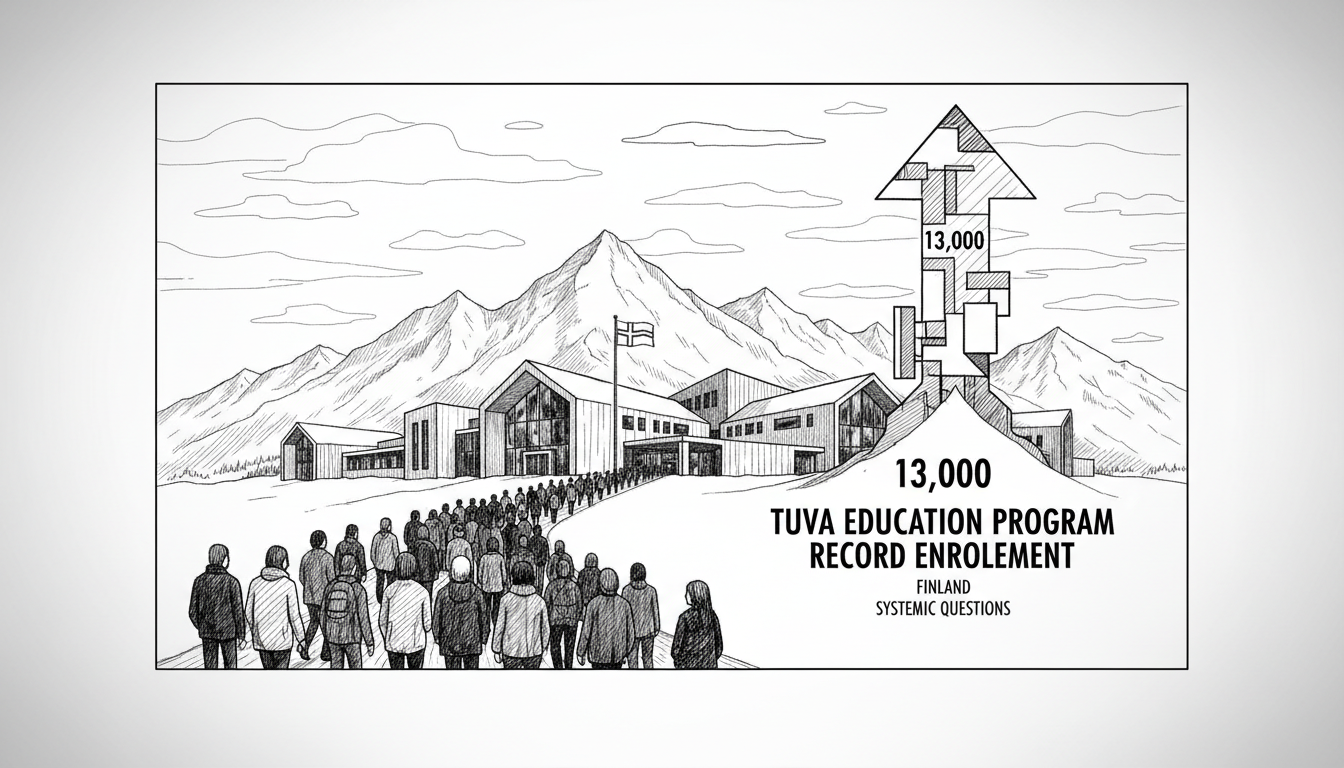Finland's preparatory education system has reached unprecedented popularity levels. The Tuva program attracted nearly 13,000 students during the last academic year. This represents approximately five percent growth compared to the previous year. Over 7,600 of these students were completing their compulsory education requirements. The number of compulsory education participants increased by more than three percent.
Education Councilor Laura Jauhola notes the Tuva program has become more popular than previous preparatory education options. One explanation involves Finland's education policy changes. The compulsory education age rose to 18 years in autumn 2021. This policy shift automatically increased the pool of potential Tuva participants.
Jauhola explains the practical reality behind these numbers. Young people often get directed toward Tuva when they cannot secure other study placements. The program essentially functions as an educational safety net. It catches students who might otherwise fall through the cracks of Finland's education system.
The program replaced tenth grade classes and other preparatory courses in autumn 2022. These previous options prepared students for upper secondary schools or vocational institutions. The Tuva program now consolidates these various pathways into one unified system.
A municipal association expert raises important concerns about these record numbers. They suggest the growing Tuva popularity might not represent an entirely positive development. High enrollment could indicate systemic issues within Finland's mainstream education pathways. When students cannot access regular upper secondary or vocational programs, they turn to Tuva by necessity rather than choice.
Finland's education system traditionally emphasizes equal opportunity and accessibility. The Tuva program expansion reflects this commitment to inclusive education. Yet the rapid growth also highlights potential challenges in the country's educational transition points. Students moving from basic education to further studies sometimes encounter placement difficulties.
The program serves multiple student groups simultaneously. It supports immigrant background students adapting to Finland's education system. It assists native Finnish students who need additional academic preparation. The program also helps students who remain uncertain about their educational or career directions.
International observers often praise Finland's education model for its innovation and equity. The Tuva program represents another layer in this comprehensive system. It provides crucial support during vulnerable educational transition periods. Yet the program's expanding role warrants careful monitoring to ensure it complements rather than substitutes for mainstream education options.
What does this growth mean for Finland's future education landscape? The increasing Tuva enrollment suggests either improved accessibility or growing systemic challenges. Education officials will need to analyze whether these numbers reflect successful outreach or problematic bottlenecks in regular education pathways. The program's continued expansion will likely influence how Finland manages educational transitions for years to come.

